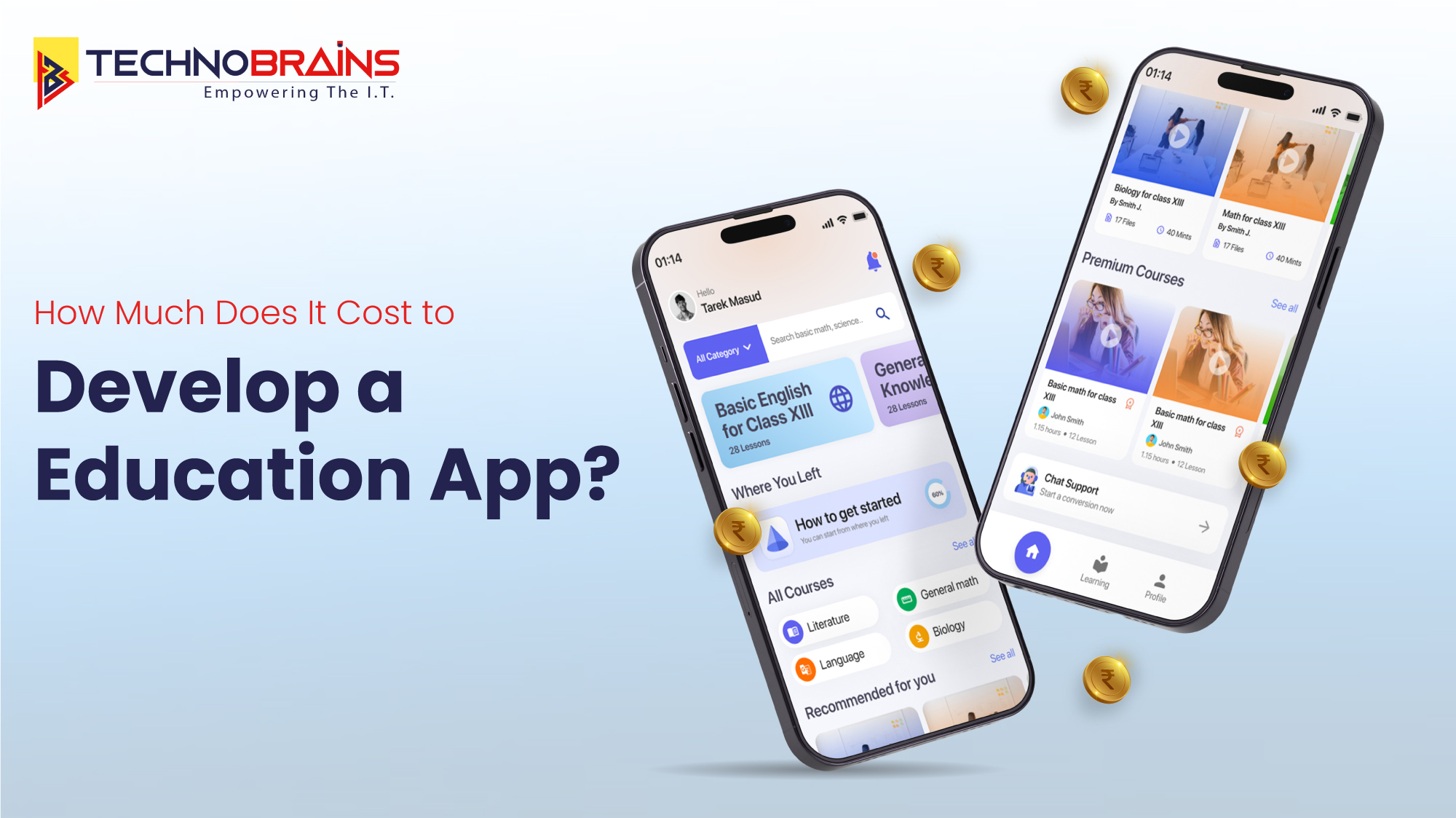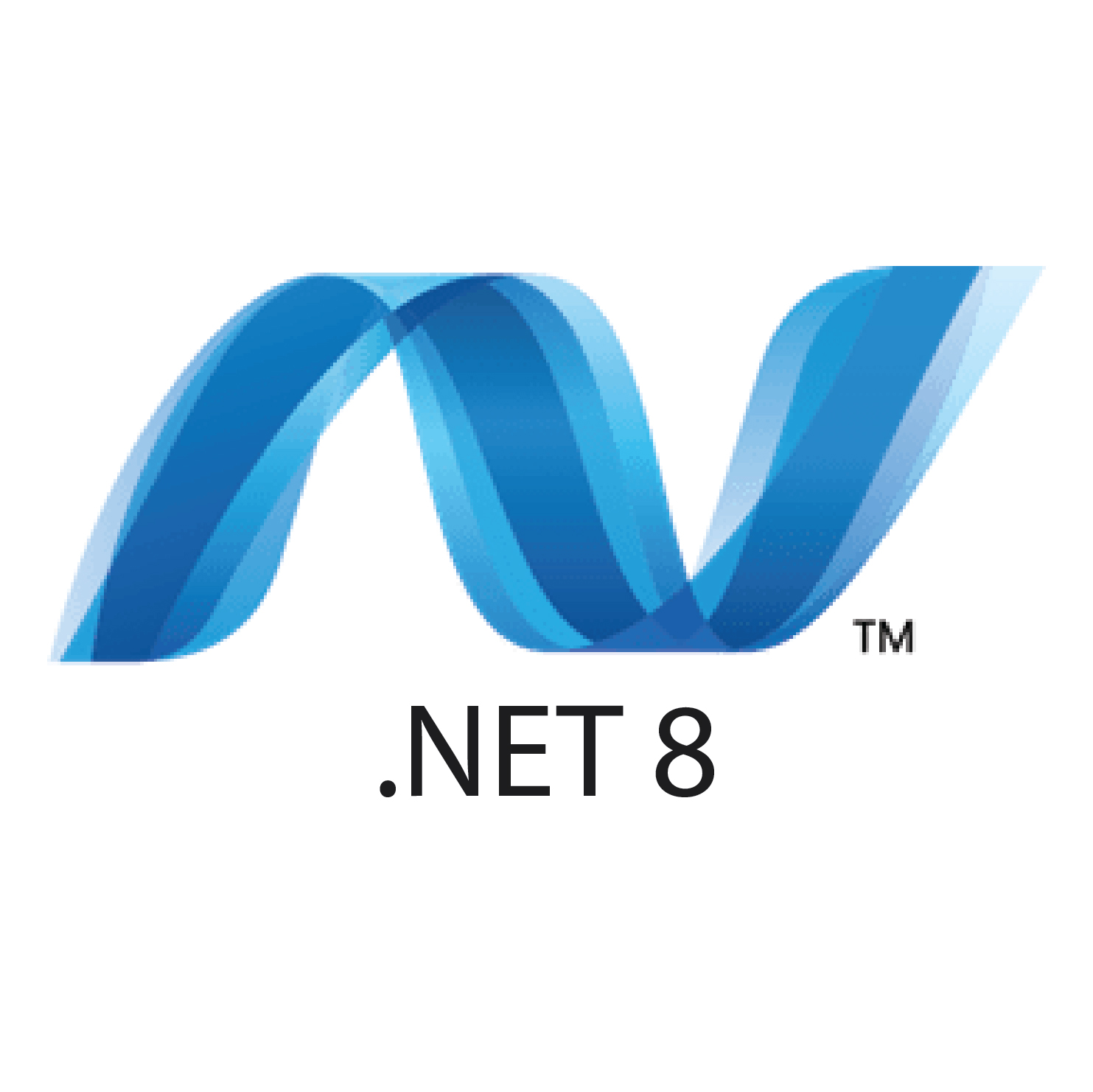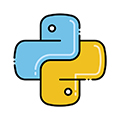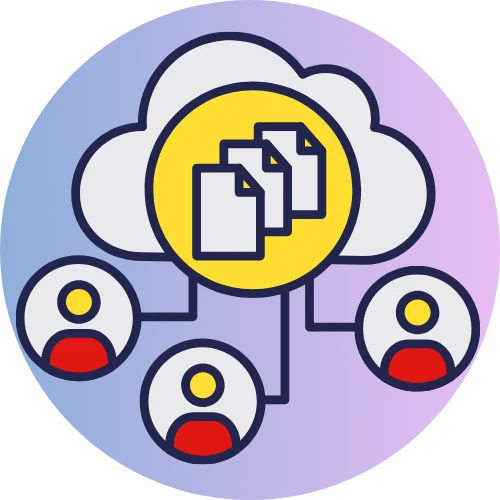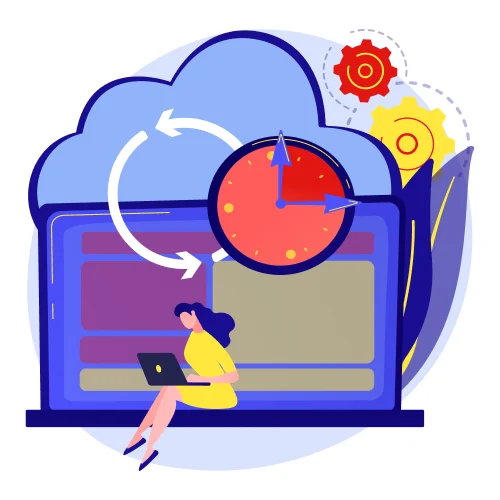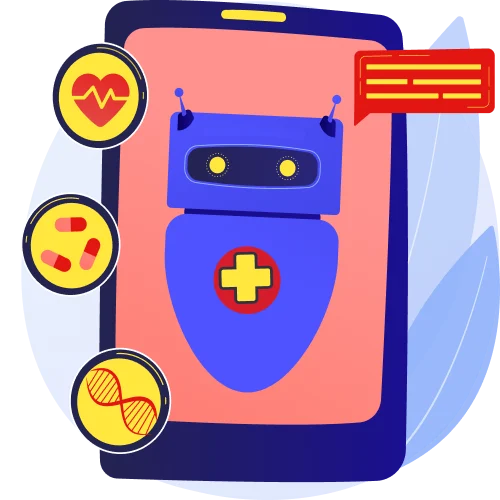Educational applications are a necessity today with the modernization of education it is evident that the need for education apps is on a ride. Not only does it allow learners to have personalized learning experiences, but their tendency for interactive engagement in acquiring knowledge is also met.
As institutions and businesses try to reach out to develop or upgrade their education platforms, it becomes relevant to understand the various factors that affect the development process. There are a range of factors that are responsible for evaluating the cost to build an education app.
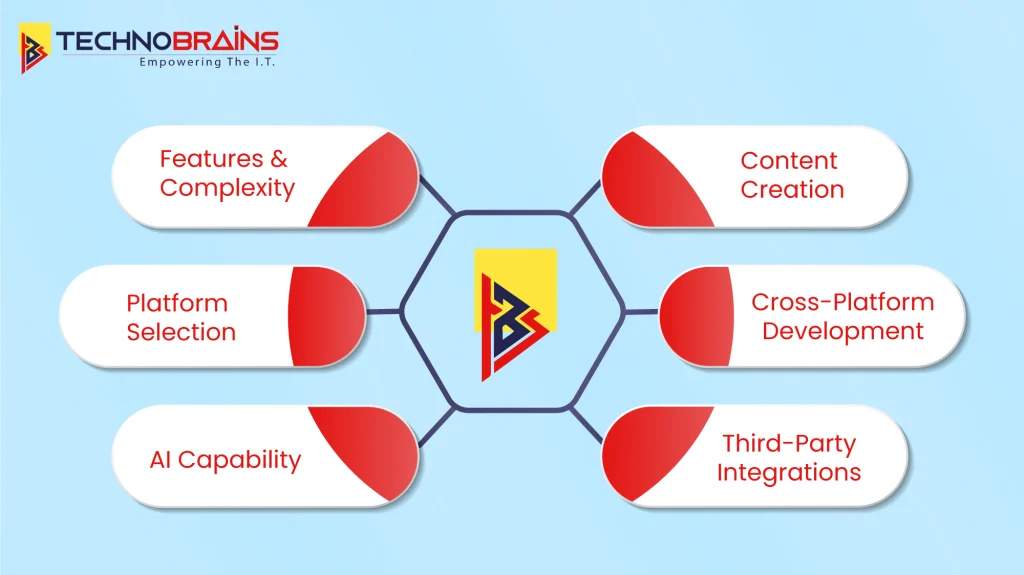
Features and Complexity
The features you pick for your education app are a question of big differences in functionality, user experience, and complexity. Some features reported to be in mainstream education apps include:
- User Profiles: Enables learners and educators to create an account that bears unique credentials.
- Progress Tracking: It tracks user performance and gives feedback.
- Discussion Forums: Stimulates interaction and cooperation among users.
This implies the direct impact on education app development costs. Identifying the needs of the target audience will, therefore, be crucial in informing the selection and development considerations of these features.
Platform Selection
The platform for your education app is a very important thing since it will affect the reach and performance of your app. There are two major platforms: iOS and Android.
iOS:
- High user activity and spending levels.
- Stricter processes of application approval.
- Ideal to reach out to a particular user base in the market, especially for educational sectors.
Android:
- Global reach is wider due to the greater number of users.
- More flexibility in distributing applications through various channels.
- Often preferred in the development of applications where development should be done to support a wide range of device specifications.
In addition, an enterprise can opt to create a web application that is accessible via browsers. With this, the enterprise will enjoy more flexibility whereby users can use any device with access to the internet. Everything depends upon your target audience and the devices they use.
AI Capability
Integrating AI into your education app can power it up. Features of such apps with the power of AI may include:
- Personalized Learning Paths: Leverage algorithms may be used to tailor content and courses to perform for each type of user and their preference.
- Chatbots help and assist users in real time, thereby amplifying the engagement and satisfaction levels among them.
- Predictive Analytics: Analysis of data about learners to predict learning outcomes or recommend accordingly.
Such features can bring great value but will increase the general complexity of the application. This also adds up to the cost of developing education apps. The decision on the implementation of AI should in turn comply with the general goals of your educational platform.
Content Creation
The bottom line of making an education app successful is its content. The creation of content includes the following:
- Curriculum Development: We will develop creative and relevant educational materials that are fitting for your audience.
- Incorporation of Multimedia: It ranges from videos, infographics, and animations to best suit different learning styles.
- Regular Updates: Refreshing new and relevant content by updating the materials to show present trends and information.
In essence, there should be continued investment in high-quality content in order to sustain user engagement and satisfaction of the latter. This investment will also further impact the overall user retention and reputation of your app in the educational space.
Cross-Platform Development
This is one of the top features of effective education apps. It is increasing the means whereby many developers try to create apps to run on several platforms at once.
- Cost-Effectiveness: This would reduce the time and resources needed to construct two different applications for iOS and Android.
- Smooth User Experience: It allows consistency in experience between devices, hence making it easier for users to switch between platforms.
- Faster Time-to-Market: with cross-platform development, you can have the development process completed speedily.
The major kinds of frameworks for cross-platform app development are as follows: Snapdragon, React Native, Flutter, and Xamarin. Each framework has certain advantages and disadvantages, and the right selection is required as per your app requirement and its further scaling.
Third-Party Integrations
Integrating third-party services will further enhance the functionality of your education app by offering users more valuable resources.
- Common Integrations Include Payment Gateways: These are instituted to ease transactions that may involve course purchases or subscriptions.
- Learning Management Systems: Connection with various existing LMS platforms to facilitate course management and tracking.
- Analytics Tools: Track user behavior and app performance to enforce the feasibility of features and improve the user experience.
While third-party integrations give an application its much-needed value, compatibility, security, and updates also have to be taken into consideration. Care should be taken in selecting partners and services that are aligned with the purpose of the app.
Read Also, Step-by-Step Guide to Successful Education App Development
Conclusion
Building an education app is not a one-track thing; it contains many factors regarding feature selection to AI capabilities, creation, cross-platform development, and integrations with third-party vendors. As the education landscape continues to change with time, a well-designed app will help you gain significantly and also get your organization ready to lead in the digital era. Choose TechnoBrains for a reliable education app development company.
Still stuck with questions? Contact us today and get all your solutions here.
